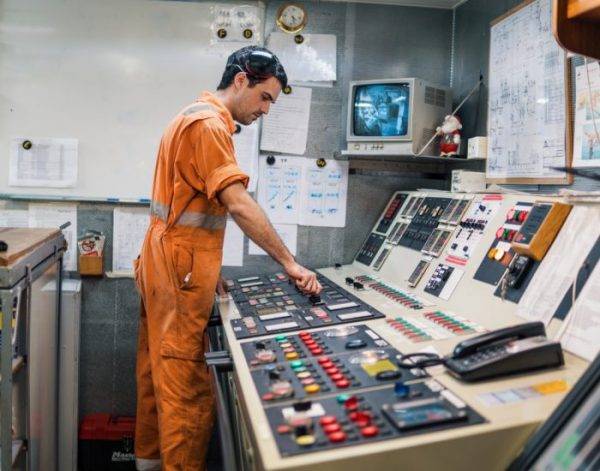Simplifying systems in an age of increasing complexity

The maritime industry is under increasing pressure to operate more efficiently while meeting evolving regulatory and environmental standards. This has led to a surge in new technologies, vendors, and digital solutions, each promising to streamline operations. However, the reality is often the opposite – an ever-growing number of disconnected systems can create unnecessary complexity, making operations harder to manage rather than easier.
For ship operators, the challenge is clear: managing multiple vendors, integrating different software platforms, and ensuring teams are trained to use them effectively. When systems don’t communicate properly, inefficiencies multiply, costs rise, and operational stability is put at risk.
Technological advancement is supposed to make life easier, but for many in the maritime industry, it often does the opposite. Every new tool or system promises better efficiency, reduced costs, or compliance with ever-tightening regulations. But without a clear integration strategy, these solutions can create more problems than they solve. Instead of a single streamlined workflow, ship operators end up juggling multiple disconnected systems, each with its own interface, workflow, and cost. Information gets duplicated, lost, or trapped in silos, making it harder to track, report, and communicate effectively.
This paradox of progress, where increased innovation leads to increased complexity, becomes particularly problematic in an industry where operational stability is critical. The cost of a mistake in maritime is high. Inaccurate, delayed, or missing information can lead to costly delays, regulatory non-compliance, or even compromise safety. The sector cannot afford downtime or inefficiency caused by incompatible systems or poorly integrated solutions. Yet many companies find themselves struggling with exactly this challenge as they try to keep pace with technological developments.